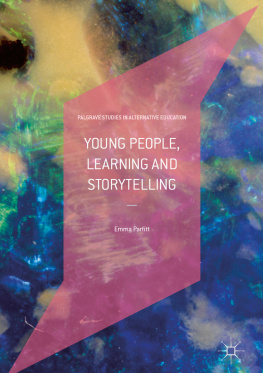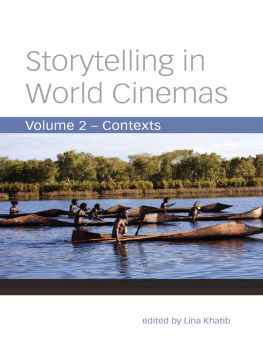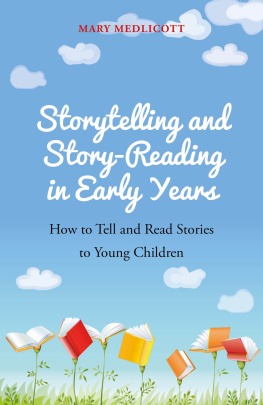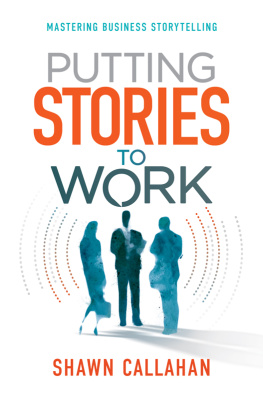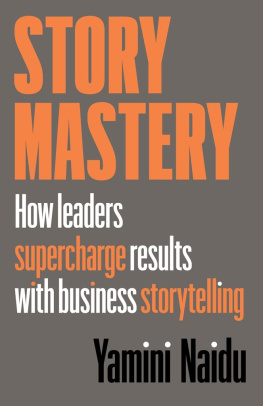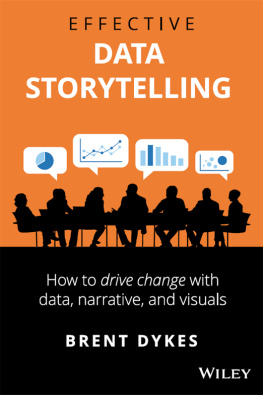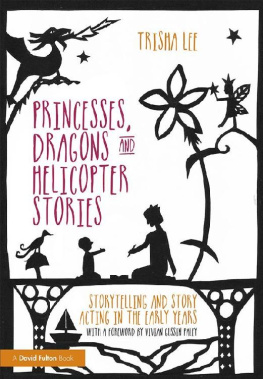Palgrave Studies in Alternative Education
Series Editors
Helen Lees
York St John University, York, UK
Michael Reiss
UCL Institute of Education, London, UK
This series emerges out of a recent global rise of interest in and actual educational practices done with voice, choice, freedoms and interpersonal thoughtfulness. From subversion to introversion, including alternative settings of the state to alternative pathways of the private, the series embraces a diverse range of voices.
Common to books in the series is a vision of education already in existence and knowledge of education possible here and now. Theoretical ideas with potential to be enacted or influential in lived practice are also a part of what we offer with the books.
This series repositions what we deem as valuable educationally by accepting the power of many different forces such as silence, love, joy, despair, confusion, curiosity, failure, attachments as all potentially viable, interesting, useful elements in educational stories. Nothing is rejected if it has history or record as being of worth to people educationally, nor does this series doubt or distrust compelling ideas of difference as relevant.
We wish to allow mainstream and marginal practices to meet here without prejudice as Other but also with a view to ensuring platforms for the Other to find community and understanding with others.
The following are the primary aims of the series:
To publish new work on education with a distinctive voice.
To enable alternative education to find a mainstream profile.
To publish research that draws with interdisciplinary expertise on pertinent materials for interpersonal change or adjustments of approach towards greater voice.
To show education as without borders or boundaries placed on what is possible to think and do.
If you would like to submit a proposal or discuss a project in more detail please contact: Eleanor Christie Eleanor.Christie@palgrave.com.
The series will include both monographs and edited collections and Palgrave Pivot formats.
More information about this series at http://www.palgrave.com/gp/series/15489
Emma Parfitt
Young People, Learning and Storytelling
Emma Parfitt
Edinburgh, UK
Palgrave Studies in Alternative Education
ISBN 978-3-030-00751-5 e-ISBN 978-3-030-00752-2
https://doi.org/10.1007/978-3-030-00752-2
Library of Congress Control Number: 2018956868
The Editor(s) (if applicable) and The Author(s) 2019
This work is subject to copyright. All rights are solely and exclusively licensed by the Publisher, whether the whole or part of the material is concerned, specifically the rights of translation, reprinting, reuse of illustrations, recitation, broadcasting, reproduction on microfilms or in any other physical way, and transmission or information storage and retrieval, electronic adaptation, computer software, or by similar or dissimilar methodology now known or hereafter developed.
The use of general descriptive names, registered names, trademarks, service marks, etc. in this publication does not imply, even in the absence of a specific statement, that such names are exempt from the relevant protective laws and regulations and therefore free for general use.
The publisher, the authors and the editors are safe to assume that the advice and information in this book are believed to be true and accurate at the date of publication. Neither the publisher nor the authors or the editors give a warranty, express or implied, with respect to the material contained herein or for any errors or omissions that may have been made. The publisher remains neutral with regard to jurisdictional claims in published maps and institutional affiliations.
Cover illustration: WILDLIFE GmbH / Alamy
This Palgrave Macmillan imprint is published by the registered company Springer Nature Switzerland AG
The registered company address is: Gewerbestrasse 11, 6330 Cham, Switzerland
For Morgan. Thank you darling for supporting my dreams.
Foreword
I am delighted to write this foreword, because I believe deeply in the powerful educative value of storytelling, especially in a democratic society. This excellent book provides a template for teachers and others to engage with story as a way of knowing the world and in doing so to make their way in an increasingly unknowable future.
Id like to start this foreword by telling you a story which, in turn, was told to me by the Educational Philosopher Robert Witkin. The story concerns his little boy, who, at the time of the story, was about five. This particular morning Witkin was driving his son to school and it was pouring with rain. The little boy suddenly said, Daddy, I think Mummys mad. Oh, said his dad, Whys that? Well its raining this morning isnt it? Yes, said his dad as the windscreen wipers struggled to cope with the downpour. Well this morning, when Mummy looked out of the window she said, Isnt it a lovely day? So Witkin had, as often happens with children, three minutes between that and arriving at the school gate to introduce the concept of irony. Well, he said, sometimes grown ups say one thing and they mean the exact opposite of that thing and they think thats funny. The little boy didnt reply but got out of the car and went into school. His father had completely forgotten about the conversation, but when he got home at about six oclock the little boy was waiting for him with a very serious expression on his face. Daddy, will you come up to my bedroom please? he said. Puzzled, his dad went with him and found that he had deliberately made a mess of his bedroom: the duvet was pulled off the bed, a box of toys emptied onto the floor and a poster dislodged from the wall. Looking at his dad with a quizzical eye he said Nice tidy bedroom, eh Dad? At this point Witkin remembered the conversation in the morning and was able to say, Thats right, youve got it!
Witkin, of course is pointing out that children often need to test abstract notions in concrete terms. Transferring the concept of irony across contexts and testing it in action allows the boy to know that he has understood something. The act of devising the test for this is the creative act and it is played for a sympathetic and carefully selected audience. The story form illuminates a range of understandings that are difficult to engage with empirically and more easily grasped through the sharing of an experiential narrative. In stories events seem to yield their own meaning. The point of Witkins story is not asserted by an authoritative narrator, nor is it authorised by the presentation of theory and evidence in conformity with an accepted logic of enquiry. Rather the way in which events unfold to reveal insights that seem lodged in the events of the story itself and the little boy is free to create his own experiment in learning.
There are vivid messages in this excellent publication, not only for education but for any community with a serious interest in transforming education to meet the real challenges of the twenty first century.
Hamish Fyfe
Acknowledgements
My sincere thanks goes to the young people who volunteered to take part in this research. If I were to list all the people that made this work possible I would need a bigger boat. So instead I send out a humble thank you to those who know they were there: those that shared the storytelling, the conference trips, the often confusing textbooks; those that laughed with me and cried with me, and attended barbecues in the rain; that found respite in the common room between paragraphs; that lent me camping equipment when my ride cancelled on me for a storytelling event; those that invited me into their lives in Minneapolis; that offered me a place in their homes and hearts. This book would be lines of mad gibberish without you.

